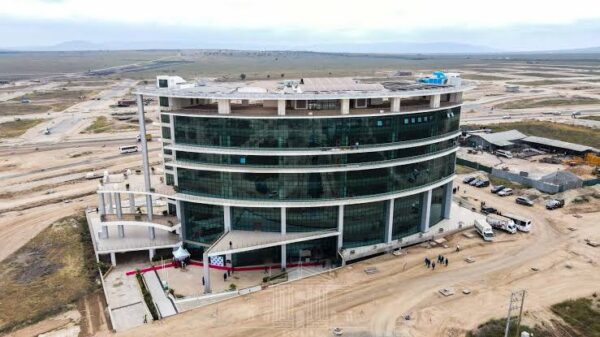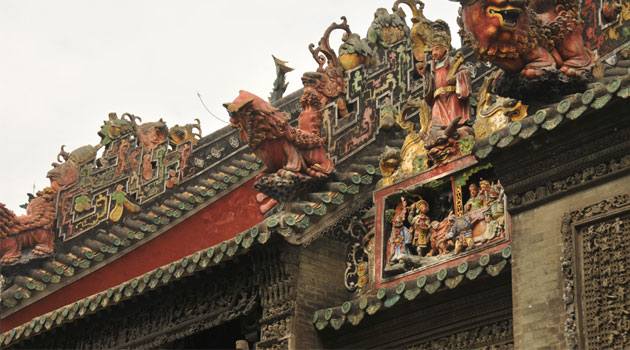Guangzhou, the capital city of Guangdong province is an economic powerhouse in southern China, which enjoys relative wealth compared to many other parts of China and is a bustling and vibrant city.
The city currently has close to 16 million people, which is close to half of Kenya’s population. We arrive at around 3 pm and the weather is quite good, at 22 degree Celsius.
What is special about Guangzhou China is that it holds attractions for one and all, irrespective of your likes or interests. In other words, there is something for everyone to see and enjoy in the beautiful city, which makes it an ideal location for family holidays. It is interesting to note that during your stay at any Guangzhou hotel, you can opt for visiting the various places individually or opt for package tours that are organised by various travel agents or even hotel travel desks, in some cases.
Despite the tight schedule during the two-day visit, we manage to visit one of the oldest historic sites within the city under the guidance of our new friend and able tour guide, Dragon.
The Chen Clan Academy Temple.
“This is Zhongshan seventh road and this Chen Clan Academy Temple is now 150 years old. The name of the temple refers to the 72 Chen Clans whose financial help made the construction possible. It was completed in 1894,” Dragon says.
Since 1986, this place has become one of the protected historical sites in the country, and is a fascinating tourist attraction.
Something that captures one’s attention is the various forms of carvings and some excellent color paintings especially on the roofs. Dragon says the carvings were done on wood, brick and stone. The wood carvings can be seen at the entrance and every other corner of the temple. On the wooden doors at the entrance, you will also find the depiction of various historical tales about the country.
“All these building decoration you see at the top are original, made in 1894. What has only changed is the repainting which was done in 2010. But the building has not been modified at all. At the entrance here you can also see two sculptures of lions, one male and the other female. The lions were put at the entrance to depict the high social status and ‘chase away bad spirits’,” he explains.
“This big inner door here from the main entrance was also made to ‘protect the money from going out,” he said, adding that that is the reason why even most of the Chinese restaurants will always have an inner door.
Inside the temple we meet a man by the name Zhou Xiao Jiang. We are thrilled by the way he does his drawing using his palm only. We are told that he cannot reveal the skill to ‘an outsider’ because the skill belongs to the Chen clan generation, and he happens to be one of them.
“He is one of the members of the family. They say the image is already so clear in his mind and all he does is paint what is in the head. You cannot see such drawing anywhere in this city and if they are, they are all fake,” Dragon explains smiling, as Jiang continues.
There are also shops inside the temple which sell ornaments with unique artistic styles, where tourists buy souvenirs for their friends and families.
In general the museum takes you back to an era of China when artistic work was at its full brilliance and has helped the Chinese government to spread awareness about the folk art and crafts of the various regions in China.



































